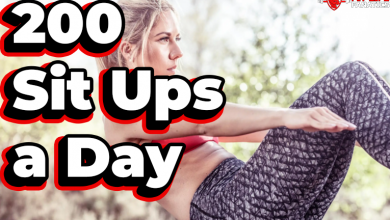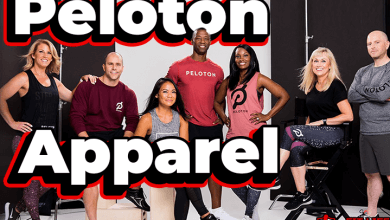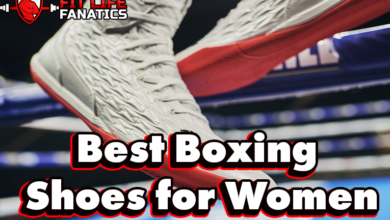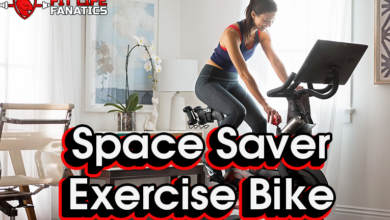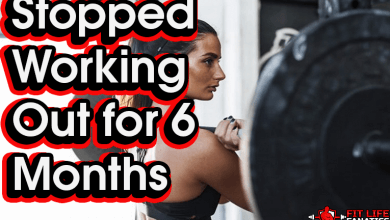Types of Punching Bags & What Each Type Is Best Used For
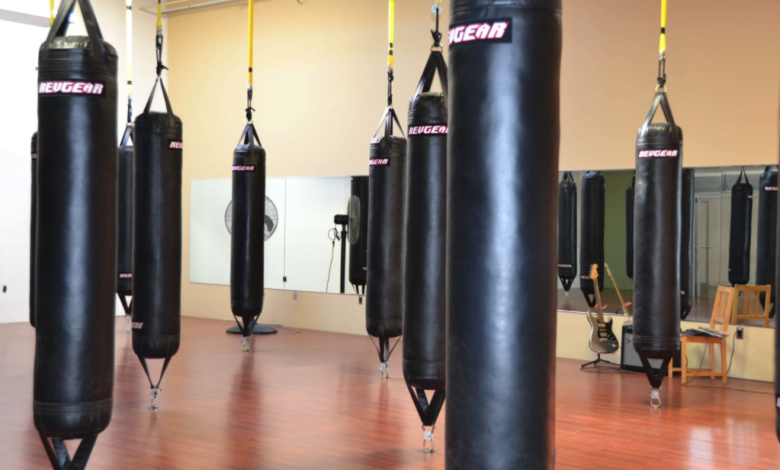
For anybody and everybody who is building their own home gym, a punching bag is one piece of workout equipment that should never go overlooked.
In fact, a punching bag should be a must-have essential to any home gym setup, no matter if you are a beginner or a professional bodybuilder.
But just which type of punching bag should you get? Which type is best for beginner home gym build?
What about an apartment home gym build-out?
Which type of bag requires the least amount of installation time?
Which is the cheapest?
Today that is what I am going to cover for you.
If you are wondering just which bag is I use though. I use the Wavemaster XXL free-standing bag as it is pretty much the best bang for your buck bag you can buy today.
You can check it out on amazon by clicking here, or check it out on Dick’s Sporting Goods here.
Types of Punching Bags
Listed down below are the different types of punching bags and what each type of bag is best used for:
Hanging Heavy Bags
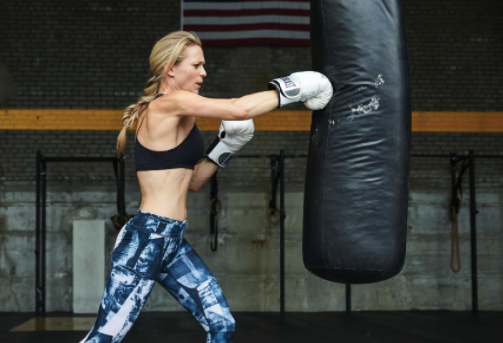
The most commonly known bag, a must in any striking gym; is Usually a leather bag, cylindrical in shape, hung from the ceiling, and filled with any number of paddings.
This is where the “Heavy” part comes into play, as the filling you choose, its density and weight, will determine the resistance this punching bag offers.
Heavy bags are very popular for a reason, they are extremely versatile, since the choice of filling will allow strikers of any skill level to adjust the bag for optimal training, and are often used for the improvement of overall technique in punching, kicking, elbows, and more.
These bags are good for teenagers and adults who can pack a punch but this bag might not be for beginners or for those who are not serious about their training.
However, if you’re short on space, have a low-ceiling basement gym setup, or live somewhere where you can’t hang things, this might not be for you, since they are hard to move around and require proper installation.
For apartment dwellers looking for something more portable, check out our next entry!
Free Standing Punching Bags
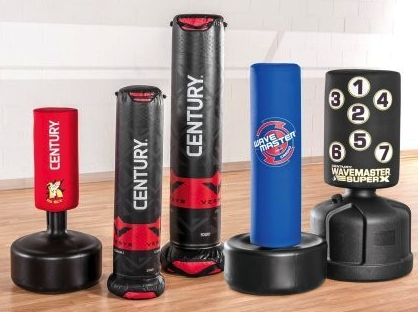
As you might have guessed, free-standing bags are well… free-standing, meaning they don’t need to be hung.
This makes them a great choice for having at home, since they require no installation, and they can be moved around if space is at a premium.
This type of bag is best for apartments, for those who are limited by their workout space, or for those that simply do not want their bag taking up a bunch of room.
Not only that, the mechanisms that allow for the bag to be “free-standing” (usually a spring) cause the bag to have a completely different movement and speed to that of a standard bag, challenging the fighter in new ways.
These bags are great for kicking and punching, with the added benefit of having different movements when hit low or high. And yes, they come in different sizes, so whether you’re short, or tall, there’s a bag for you somewhere out there.
This presents the athlete with a more natural rhythm than a standard heavy bag and making them a great choice for practitioners of KickBoxing or Muay Thai and many others.
Free Standing Reflex Bags
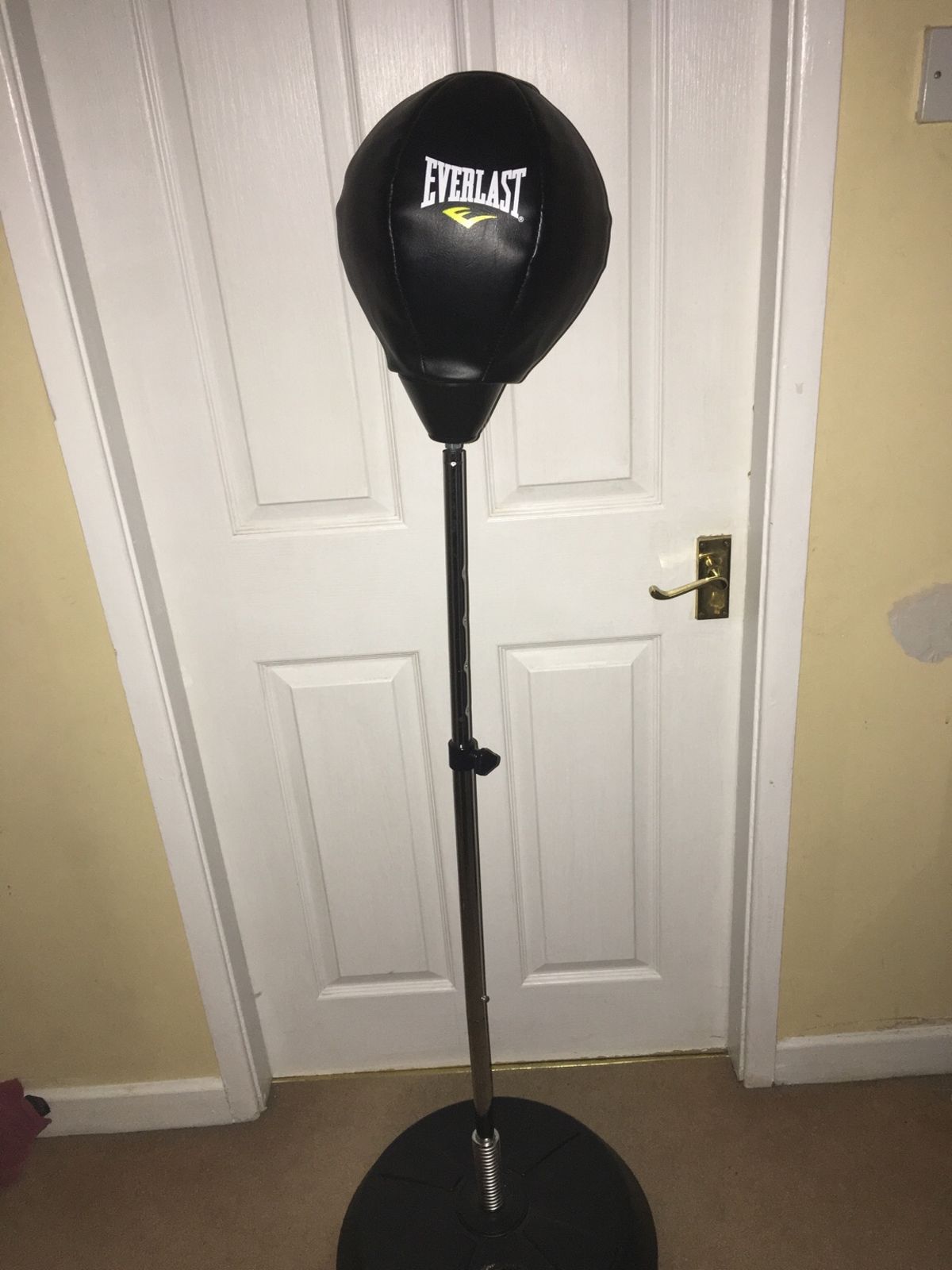
Once again a free-standing bag, reflex bags are even more compact than the previous one. If you’re looking for the ideal equipment for small space, this one fits the bill, hands down.
Since it has a smaller form factor, these are usually easily taken apart and can be stored inside a box or closet without much hassle.
The reflex bag’s main goal is not to train for power but instead to develop the fighter’s hand-eye coordination, speed, and adaptability.
The smaller profile, compounded with the 360-degree range of motion the spring system offers makes it a lot harder to hit than a standard bag.
I’m confident in saying that the biggest limitation for this bag is the imagination of its user a; hooks, kicks, footwork, you name it, this bag can probably do it.
Making it a great choice for beginners and seasoned fighters alike.
Speed Bags
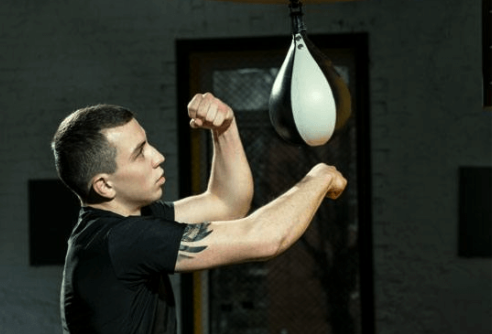
Chances are you’ve already seen a speed bag before; Remember that scene in Rocky 2 where he punches a tiny bag really really fast?
Well, that’s a speed bag, and as you might have guessed its main purpose is to train for speed.
It’s attached closely to a platform so that when you hit it, it quickly bounces back on the platform and right back at you.
It may seem a bit strange at first since the punching motion is quite different from that of a regular bag, more hammering than punching, but the purpose of this bag is not to practice punching.
It’s best for helping the athlete develop timing, rhythm, hand speed, and coordination so as to not derail the bag.
Unfortunately, this also means you can’t really move around and maneuver and that the whole thing will always be in the same spot taking up space, which might turn off those who live in smaller apartments.
Double End Punching Bags
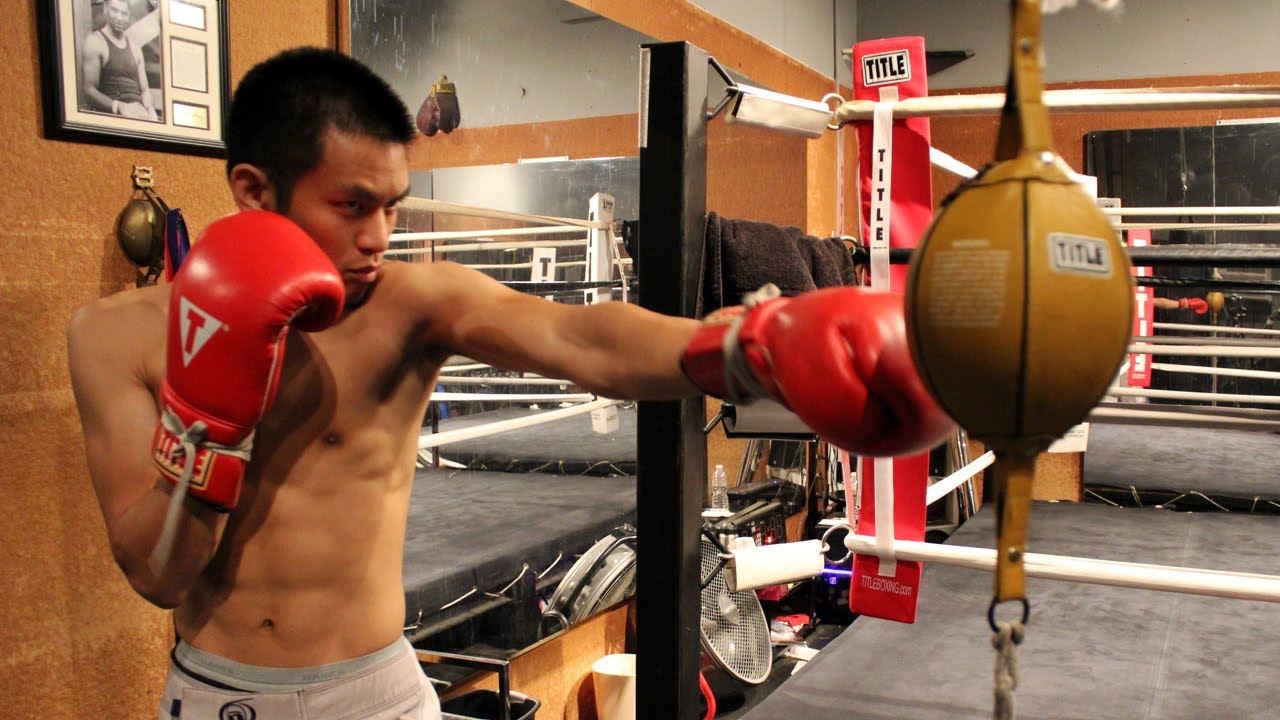
These bags are usually quite similar in shape to a speed bag, but the difference is that instead of being closely attached to a platform, these are anchored to the ceiling and to the floor, hence, double end.
While these can come in a variety of shapes and sizes and that’s what will determine what kind of training you can expect, most are shaped like a speed bag so that’s what I’ll focus on.
Double-end bags provide most of the benefits of a speed bag thanks to their small profile and high mobility, forcing the athlete to precisely aim and time their strikes if they want to hit it, yet the similarities end here.
A double-end bag allows for proper punches and kicks and lets the fighter move around it to practice their footwork as well and depending on the bag shape, even body kicks can be imitated.
However, like all hanging bags we reviewed, these are not easily moved around, need proper installation and in this case, require a floor attachment as well.
I know I’d have a hard time setting one up in my home gym since I have several wrestling MMA mats installed already.
Which Type of Punching Bag Should You Get?
If you are still trying to decide which type of punching bag is best for your training then here are my recommendations.
Free Standing Punching Bag
If you are just looking to do heavy bag workouts and are not into competitive training for sport then a free-standing punching bag is going to be your best option.
Free-standing punching bags are some of the most popular bags around.
Benefits of Free Standing Bags
- easy to set up
- do not require a heavy bag stand
- portable
- do not have to punch holes in the wall
- quieter option
- Best type of bag for beginners
Related Reading: Punching Bag Stand with Pull Up Bar
Hanging Heavy Bag
If you are into the sport of martial arts, like MMA or boxing, and plan to train competitively then a hanging heavy bag is going to be your best option.
You can even use MMA gloves with heavy bags if you already have MMA gloves no need for boxing gloves. One thing though, they don’t come in a one-size-fits-all.
So be sure to pick the perfect size for your hands, whether you have big hands or small ones, you need to pick one that offers a snug fit to avoid damage to the glove and/or injury.
If you often dish out mean kicks during your workouts, then a pair of boxing shoes does help, especially for beginners.
Hanging heavy bags are designed for those that plan to do more than just typical heavy bag workouts.
This type of punching bag is designed for competitive training and for those that want a bag that will allow them to take their training to the next level.
Benefits of Hanging Heavy Bags
- best for martial artist (MMA, UFC)
- can handle more power
- simulate real-life boxing movements
Well there you have it, hopefully, this will give you a better idea of the type of punching bags that are out there and which one suits your needs best. If you have any questions or suggestions, feel free to comment down below!
Related Readings;
Ben Mayz
Hi there! I'm Ben, main author and chief editor at Fitlifefanatics.com. I have been obsessed with Strength Training and Fitness for 18 years now.
My passion for living a happy fit lifestyle is what made me realize that fitness is what I wanted for my future.
I went on to earn my Masters in Sports Training & Biomechanics.
My passion for Strength training & fitness and my love of helping others is what made me start Fitlifefanatics.
Here, myself, and a team of specialist aim to provide the most accurate, and actionable information possible in hopes to help foster the fitness community forward.
You can learn more about Fitlifefanatics on our About Page
